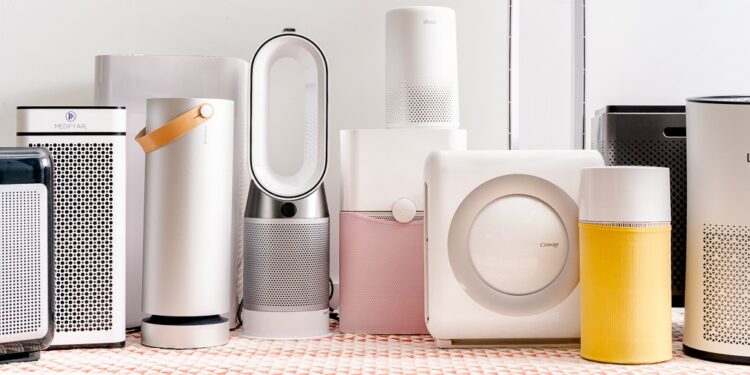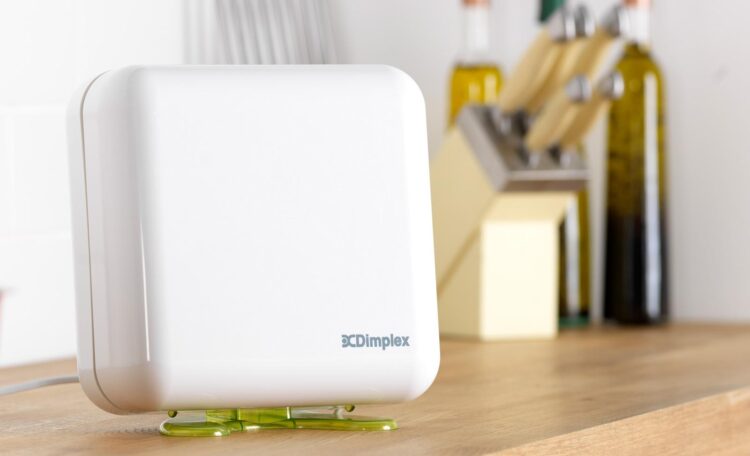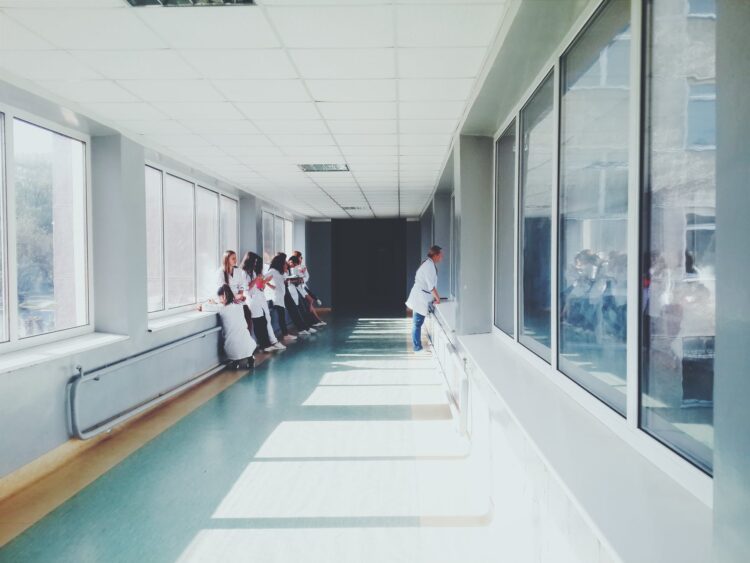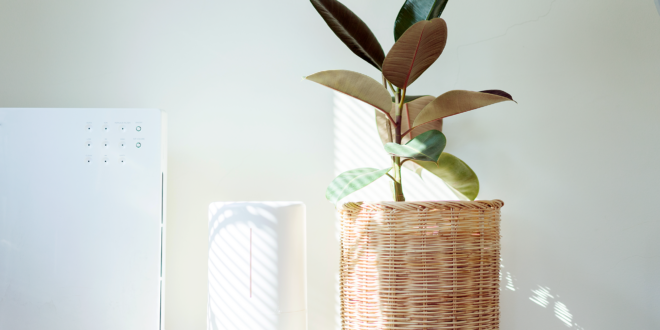According to the Environmental Protection Agency, the pollutants in indoor air are five times higher than those in outdoor air. An air purifier is a specialized piece of equipment used to purify the indoor air by reducing the concentration of contaminants such as dust, odors, mold and mildew, pollen, and smoke.
Air Purification

A basic air purifier typically has a fan, and one or more filters. The fan sucks in and circulates the air throughout the unit, moving the air through the filters, which absorbs the pollutants and captures dust particles. The cleaned air is then distributed into the room. These filters can be made of mesh, fiber, or paper, and for maximum efficiency, these filters need to be replaced regularly.
Air purifiers are often confused with air filters, but they are completely different. The former only collect dust particles from the air. On the other hand, air purifiers kill pathogens, thus improving air quality.
Industrial Air Purifiers
Most manufacturing plants release harmful chemicals, gases, particles, and vapors into the air. When these are not correctly filtered, they can pose serious risks to the local community’s health as well as the environment. OSHA dictates that all commercial industries provide clean, breathable, and safe indoor air to their workers, and cleanse what is being expelled to the environment. Some of the facilities that might need to install an industrial air purifier can include chemical processing plants, welding facilities, manufacturing plants, commercial kitchens, and warehouses, among others.
Different commercial air purifiers will rely on varying technologies to cleanse the air. The most common technologies available are:
- Carbon Filters: the carbon layer within the purifier attracts gases, chemicals, and volatile organic compounds. Once these are absorbed, they are bonded with the carbon. You will need to replace the carbon filter regularly for the purifier to operate optimally.
- High-Efficiency Particulate Arrestance: A HEPA filter pushes contaminated air through a fine mesh that captures particles and other contaminants
- Ionizing: in this kind of air purifier, the filter releases positive and negative ions into the contaminated air. Water molecules surround the unstable ions, thus forming clusters. These spread throughout an area and bond with airborne particles.
Before buying a commercial air purifier, you will need to consider such factors as:
- The size of the area the unit will cater to
- The level of pollution your commercial establishment encounters
- The types of pollutants your unit will be filtering
- Whether you will affix your unit to the HVAC or if a portable commercial air cleaner might be more suitable
- The noise levels
As is the case with residential air purifiers, industrial purifiers also have a Clean Air Delivery Rating, which dictates the room size that the air purifier is suitable for. If you are unsure what would be the best fit for your facility, consider talking to an industry expert. A professional is better placed to advise you on whether your preferred unit has suitable cubic feet per minute airflow.

Most commercial settings deal with more than one air pollutant, so you might need to consider a purifier that has more than one mode of purification. For example, you can choose an industrial air cleaner that uses both HEPA and activated carbon air purification systems.
You will also need to consider whether your unit will be portable, mounted to the wall, or fixed with the facility’s air conditioning unit. Whichever model you choose, modern industrial air purifiers have features such as digital interfaces, humidifier settings, night lights, and fragrance dispensers.
Finally, air purifiers in industries are almost constantly running, so the noise levels should be comfortable enough for your workers and the environment. Noise rating is normally indicated in decibels and the higher the decibel rating the higher the unit’s noise.
Healthcare Air Cleaners
Some diseases, such as aspergillosis and tuberculosis, are airborne, and outbreaks such as MRSA, which is a strain of antibiotic-resistant bacteria, are purported to have been airborne. Healthcare facilities are predisposed to harmful bacteria, germs, microbes, and viruses.
In a hospital setting, an air purification system helps to protect the hospital staff, patients, and visitors from contracting illnesses from airborne contagions. The areas of a hospital that handle highly contagious cases will require a high-efficiency filtration and ventilation system. Such areas may include waiting bays, emergency rooms, data centers, burn units, ICUs, surgical centers, designated smoking zones, and microbiology labs.
Areas that aren’t prone to highly contagious cases such as autopsy rooms, laboratories, and pharmacies will still benefit from a system that filters out gaseous contaminants, and odors to create an agreeable working environment.
Healthcare facilities mostly use HEPA, ion exchange, and UV light purifiers. In the latter, the UV light destroys the microorganisms in the air when it moves through the purifier. As is the case with other air purifying mediums, you will need to regularly replace the UV tube is recommended.
When it comes to hospital air cleaners, the most frequently utilized varieties include:

- Positive Air Units: these air purifiers work by pumping clean air into the intended space and, therefore, maintaining a higher percentage of positive air. This effectively limits the flow or level of contaminants in the room. Such an air purifier would be ideal for rooms where patients with compromised or sensitive immune systems are.
- Negative Air Units: negative air purifiers create a low-pressure atmosphere. They do this by filtering the unclean and expelling it out of the room, reducing the spread of contaminants. These units are perfect for preventing contagious or airborne diseases.
- Recirculation Units: as the name suggests, these systems continually recirculate the air within the room. They have a multi-stage filtration unit that removes all contaminants from the air.
- Source Capture Units: source capture air filtration units capture contaminants from their source or origin. Thus, they capture contaminants before they are dispersed into the environment.
Depending on whether you are in a commercial or a hospital setting, a specialist from piec.com can assess your facility and recommend the most suitable air purifier. Contact us today for more information, and to discuss the ideal solution for your facility.
 Hi Boox Popular Magazine 2024
Hi Boox Popular Magazine 2024



